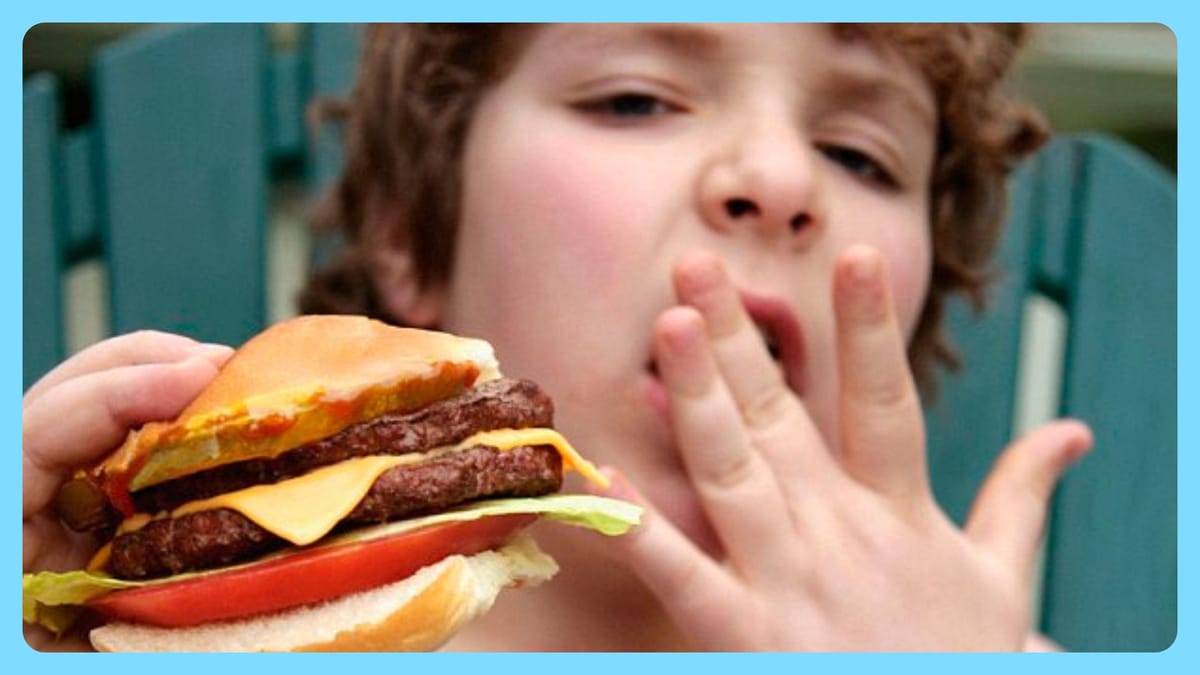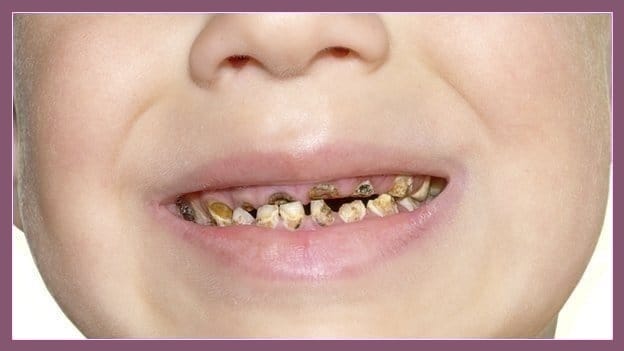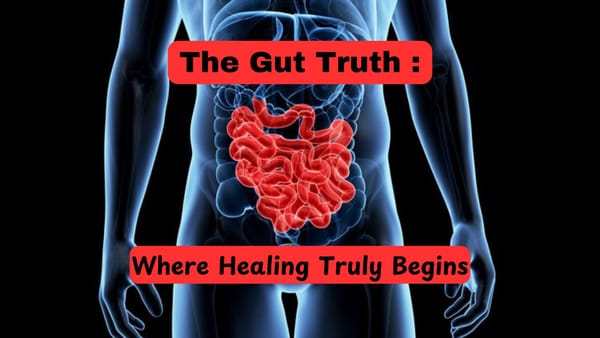Junk Food Generation: Our Kids At Risk
Childhood obesity has tripled in the past three decades from 5% in 1978 to 18.5% in 2024. The impact of sugary & processed foods has become a critical health concern.

In an era where convenience often trumps nutrition, our children face an unprecedented dietary challenge.
Recent studies from the American Heart Association show that over 67% of children's daily calories come from ultra-processed foods, marking a disturbing trend that threatens both their physical and mental well-being. With childhood obesity rates having tripled in the past three decades – from 5% in 1978 to 18.5% in 2024 – the impact of sugary and processed foods has become a critical public health concern. According to the CDC, approximately 14.7 million children and adolescents are affected by obesity in the United States alone.
The Hidden World of Modern Food Processing
Decoding Sugar's Many Disguises
Walk down any supermarket aisle marketed to children, and you'll find sugar lurking everywhere – from obvious candies and sodas to seemingly innocent yoghurt cups and granola bars. The average American child consumes over 65 pounds of added sugar annually, equivalent to about 50,000 extra calories annually, often hidden behind dozens of names on ingredient labels. Studies show that children aged 2-19 consume an average of 124 grams of sugar daily – nearly triple the recommended maximum of 25-50 grams.
Beyond Basic Processing: Understanding Ultra-Processed Foods
Not all food processing is harmful – after all, freezing vegetables and pasteurizing milk are forms of processing.
The Physical Toll: More Than Just Weight Gain
A Growing Crisis: Obesity and Metabolic Health
The statistics are alarming: one in three American children is now classified as overweight or obese. These empty calories aren't just expanding waistlines – they're programming children's bodies for lifelong health struggles. Research shows that 80% of children who are obese at ages 10-15 will be obese adults. Additionally, metabolic syndrome, a cluster of conditions including high blood pressure and abnormal cholesterol levels, now affects nearly 10% of adolescents aged 12-19.

The Diabetes Dilemma
Type 2 diabetes, once considered an adult disease, is increasingly diagnosed in children. Research indicates that children who consume sugary beverages daily have a 26% higher risk of developing type 2 diabetes compared to those who rarely eat them.
The Centres for Disease Control and Prevention reports a 4.8% annual increase in new cases of type 2 diabetes among youth under 20 between 2002 and 2023.
Smile Check: The Dental Disaster
By age five, about 60% of children have experienced dental cavities, with sugary foods and drinks being the primary culprit. Each sugary exposure creates a 20-minute acid attack on tooth enamel, leading to decay that can affect both baby and permanent teeth.
The National Institute of Dental and Craniofacial Research reports that children miss over 51 million school hours annually due to dental-related illnesses, with 78% of these cases being directly linked to sugar consumption.

The Hidden Hunger in Processed Foods
Despite consuming excess calories, many children face nutritional deficiencies. Ultra-processed foods crowd out nutrient-rich options, leading to shortfalls in essential vitamins, minerals, and fibre necessary for proper growth and development. Recent studies show:
- 70% of children don't meet the daily requirement for calcium
- 86% fall short of recommended fibre intake
- 45% are deficient in vitamin D
- 30% show inadequate iron levels

Beyond the Body: Mental Health and Cognitive Impact
The Behavior Connection
Parents often notice the "sugar high" followed by the inevitable crash, but the impact goes deeper. Research suggests that children consuming high levels of processed foods show increased rates of anxiety, depression, and mood swings. A 2023 study in the Journal of Pediatrics found that children who consume ultra-processed foods for more than 60% of their daily calories are 80% more likely to experience symptoms of anxiety and depression compared to those who eat mainly whole foods.
Learning and Development at Risk
Studies reveal a concerning correlation between high-sugar diets and reduced academic performance. Children consuming excessively processed foods show lower scores in memory tests and decreased attention spans, potentially affecting their long-term educational outcomes. Research from the University of Michigan found that students who consistently consumed high levels of processed foods scored an average of 10-15% lower on standardized tests compared to their peers who ate primarily whole foods.
Age Matters: Understanding Different Life Stages
The Critical Early Years (Ages 2-5)
Early food preferences can shape lifelong eating habits. Children exposed to excessive sugar during these formative years show an increased preference for sweet tastes that can persist into adulthood. Studies indicate that children exposed to high-sugar diets before age 5 are 2.5 times more likely to prefer sweet foods throughout their lives.
The School Years Challenge (Ages 6-12)
With greater independence and peer influence, school-aged children are exposed to more processed foods. School lunches, vending machines, and after-school snacks often become battlegrounds for nutrition. The USDA reports that the average school lunch contains 23 grams of added sugar, nearly the recommended daily allowance for children.

Teenage Transitions
Adolescents consume the highest proportion of ultra-processed foods of any age group, with up to 67% of their daily calories coming from these sources. This period is crucial for establishing healthy eating patterns into adulthood.
The Path Forward
The impact of sugary and processed foods on children's health represents one of the most significant public health challenges. Parents, educators, and community leaders must take decisive action to protect our children's future. By understanding the risks, making informed choices, and implementing practical strategies, we can help the next generation develop healthier relationships with food.
The economic impact is also significant: healthcare costs related to childhood obesity and associated conditions exceed $14 billion annually in the United States alone. However, studies show that even a 5% reduction in processed food consumption could lead to healthcare savings of over $500 million annually.
Every small change matters. Start today by making one positive adjustment to your child's diet, and build from there. The future health of our children depends on the decisions we make now.








